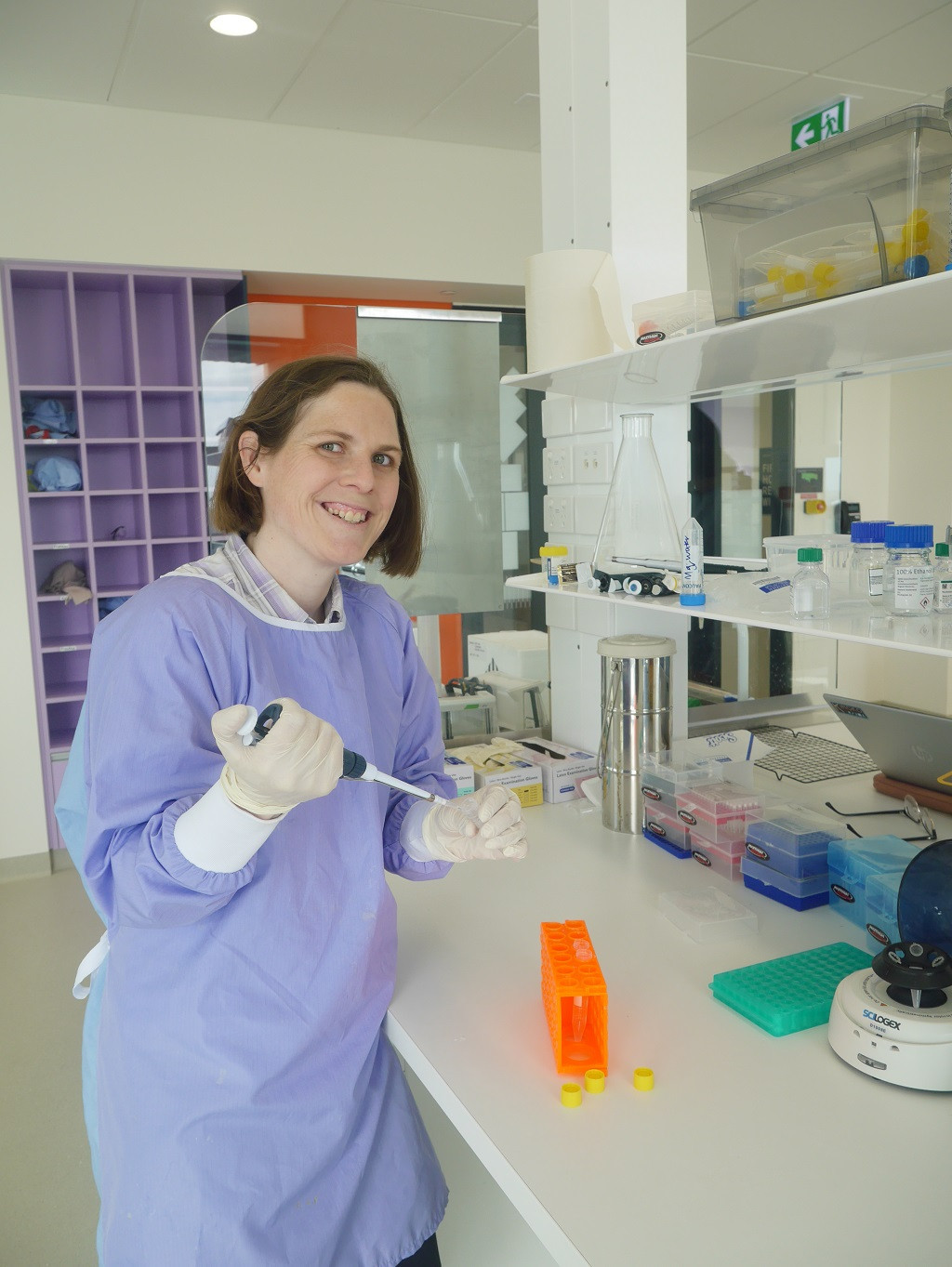Head jolts in teens impairs brain cells by Clare Peddie
The following article was written by journalist Clare Peddie and appeared in The Advertiser on Tuesday October 27, 2020.

Please note that the NeuroSurgical Research Foundation funded the follow-up research mentioned in this article.
Dr Francis Corrigan said, “The NRF has funded the follow-up research where we will use the technique developed via the CNBP collaborator prize to investigate a new avenue in long-term neurotransmitter changes following traumatic brain injury and how this may relate to later development of dementia.”
__
Head jolts in teens impairs brain cells
CLARE PEDDIE
SAHMRI and University of Adelaide research suggests concussion in teens harms the developing brain.
Preclinical research has shown concussion sustained during adolescence can stunt brain development. Male rats used in experiments tend to become more impulsive while female rats have difficulty paying attention.
Neuroscientist and senior lecturer Dr Frances Corrigan, wants to understand what’s happening inside the brain and whether that can predict the changes in behaviour.
“The symptoms that we see in some people may be due to alterations in neurotransmitters, which are the chemical signals that neurons (brain cells) use to communicate with each other,” she said.
“I had seen some behavioural changes in my model but I didn’t have the ability to look at these neurotransmitters.”
Then she met an imaging expert last year at a conference.
Together with SAHMRI research officer Dr Paul Trim, they are using imaging technology to see how traumatic brain injury changes the amounts of the neurotransmitter dopamine in the various different parts of a developing brain.
“We are just starting with dopamine because dopamine is what drives the development of the prefrontal cortex and then we can move on from there,” Dr Corrigan said.
“And we are especially interested in adolescent brain injury because the prefrontal cortex is still developing, right up until the early 20s.”
The project won the Centre for Nanoscale BioPhotonics collaboration prize at the 2020 “BLISS Adelaide” conference.




